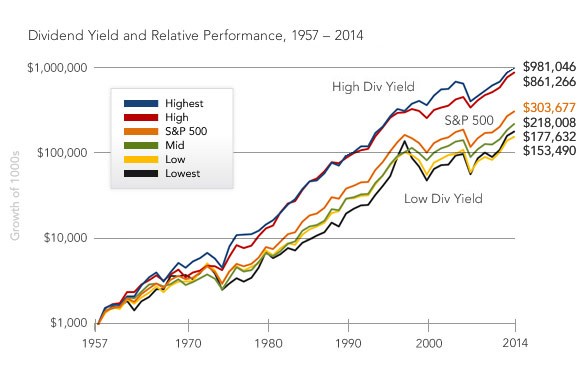Explore approaches to investing!
Post on: 3 Октябрь, 2015 No Comment

Explore approaches to investing!
The only reason investors head for the stock market is to earn better returns compared to other investment avenues. The objective is the same but approaches can be different. For example, some may like the growth theme, some may like the value theme; few are excited about banking sector while some find consumption theme intoxicating.
At a broad level, there are two major ways to find profitable companies and hence stocks. These two approaches are entirely different. They are top-down approach and bottom-up approach. While they are different in approach, the goal is same, to find the right stocks to invest in. Let’s discuss these two approaches.
Top-down Approach
Top-down approach looks at the “big picture” and overall growth theme. It starts with global sentiments on economy and looks at the growth data. Thereafter, it goes to national data such as growth, inflation, employment, wages & other factors. Then it studies the overall market sentiments, the sector and finally the company. Sectors are impacted by policies and changes in business realities. In the case of the market, investors study the market valuation and general sentiments. For example, a high interest rate regime almost kills the real estate industry. Hence if the interest rate is high like how it is in India currently, investors will be wary of investing in real estate.
Hence if you look at today’s scenario, the global growth of the economy doesn’t look very attractive. With crisis in Europe and slowdown in America, the world economy presents a gloomy picture. China is doing well in this environment but its growth rate has come down to a single digit. Once we have realized that the growth has subdued and there is no trigger in near term, we understand that stock investing may not give the desired returns.
Then we look at the country’s growth. In our case, India’s projected growth has come down from 9%+ to 7%+. Moreover, rising inflation and interest rates are making sure this goes further down. This is a drastic contraction. This again shows the market may not improve much in the coming days. The market sentiment is not favourable either. Most of the sectors are performing badly. In such a scenario, it seems likely that the market or sector will not improve soon. This seems to hold good for any sector, be it real estate, manufacturing, IT/ITES, they all have negative to flat outlook for future growth.
Finally, the company data is studied and investment is planned based on all the factors.
Pros and Cons of the Top-down approach
Top-down investing is a good measure of the overall stock market. Top-down investors believe that if the macroeconomic condition or the big picture is not favourable, stocks will not do well, irrespective of the merit of the company behind it. This is right to a large extent. We have seen how the 2008 crash of the Indian stock market brought down every company irrespective of their businesses.
The disadvantage of top-down approach is getting it right. It is extremely difficult to follow macro-economic data and rely on it. Numbers like GDP, unemployment; inflation can give a fair idea about the current state but cannot say much for the future. Look at the sensex regaining its 2008 crash in 2009-2010. It would have been impossible for someone to predict such a great turnaround in a year.
Bottom-up Approach

Bottom-up approach starts with the micro level; i.e. it studies the company first. The investors look at the numbers, ratios, and other qualitative information to arrive at a conclusion. Bottom-up approach requires investors to do the due diligence on company financials, management discussion & analysis, future projection of income, and past financials. Once the data is collected and studied, investors look at the valuation and the growth projection of the company. Valuation takes care of past data while future projection looks at the future. Bottom-up investors do not like to look at the big picture because there is huge uncertainty in predicting events in future based on the current state of economy. Instead, it is much easier to predict a stock’s trend based on valuation and past data.
Pros and Cons of bottom-up approach
Bottom-up approach has limited variables to track. Hence, it is much easier than the top-down approach. The study of ratios gives a fair idea about the strength of the company and the future can be predicted reasonably well.
The disadvantage of bottom-up approach is that it ignores the macro-economic variables which impact nations and markets. This is also known as systematic risk. In case of market slowdown or crash, investors with bottom-up approach will be the losers as market crash will take everything down with it.
What should investors do?
It is not easy to suggest one approach over the other. There have been investors who have opted to go with each approach and have done tremendously well. It entirely depends on individual investors. However, for common investors who do not have much idea about the macro-economic condition, bottom-up approach looks a better option as the data for bottom-up approach is readily available and fairly reliable. For the investors who can study the macroeconomic data and interpret it correctly, top-down approach makes much sense.














